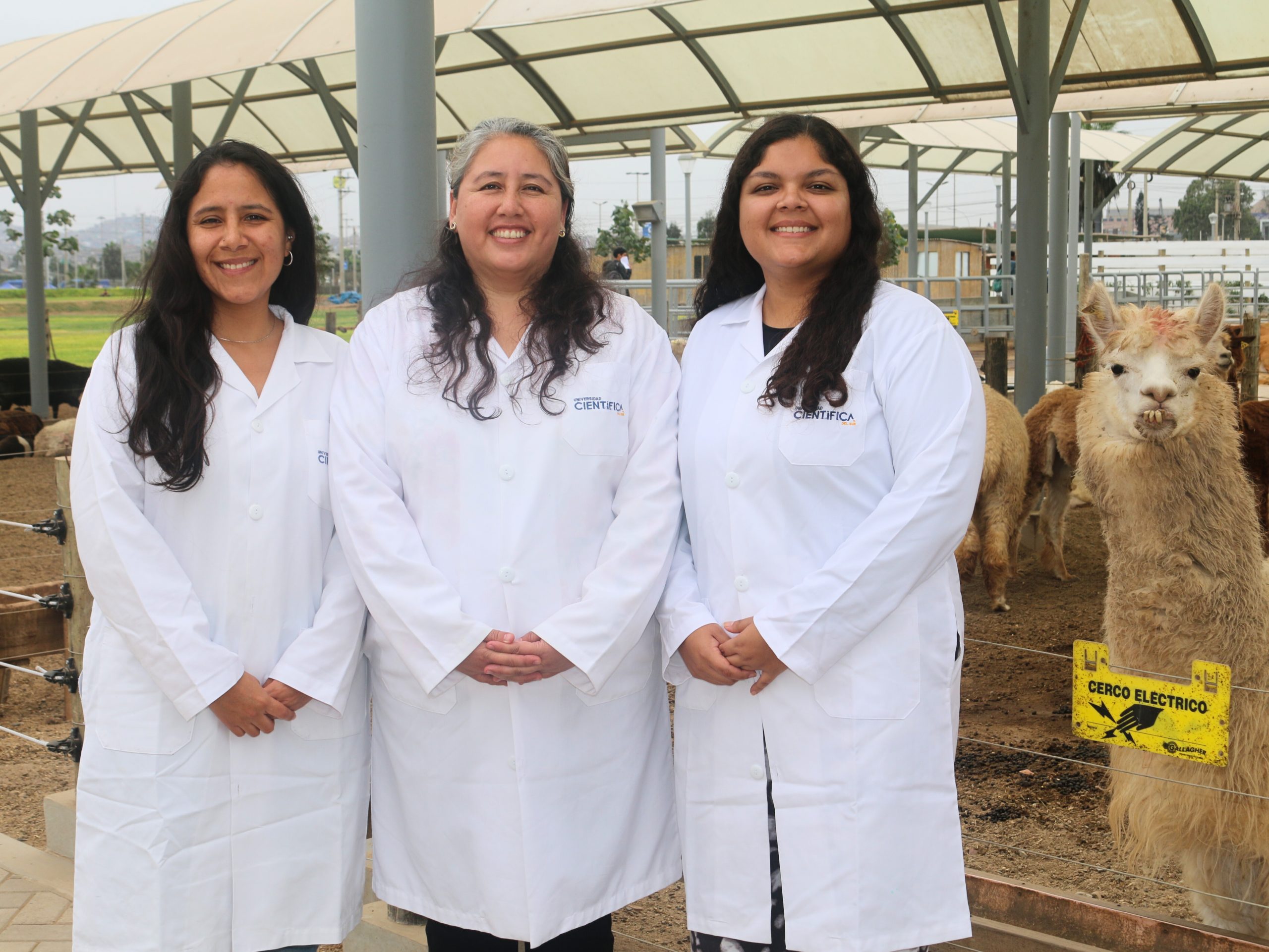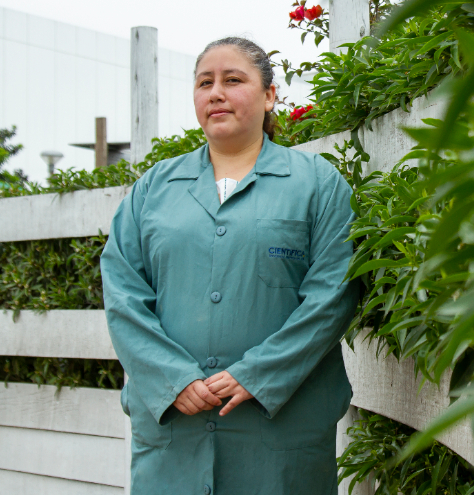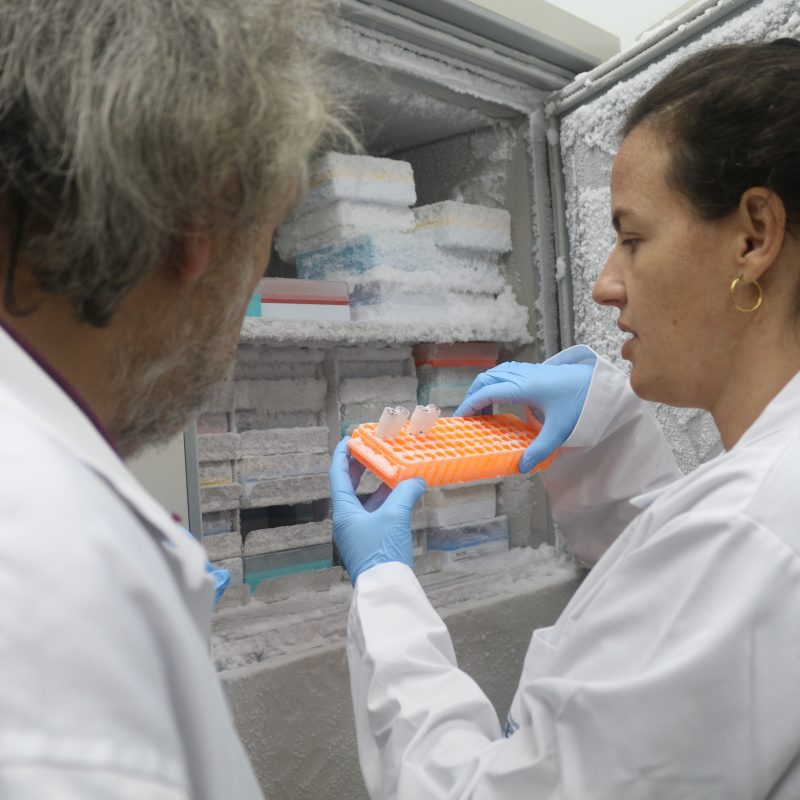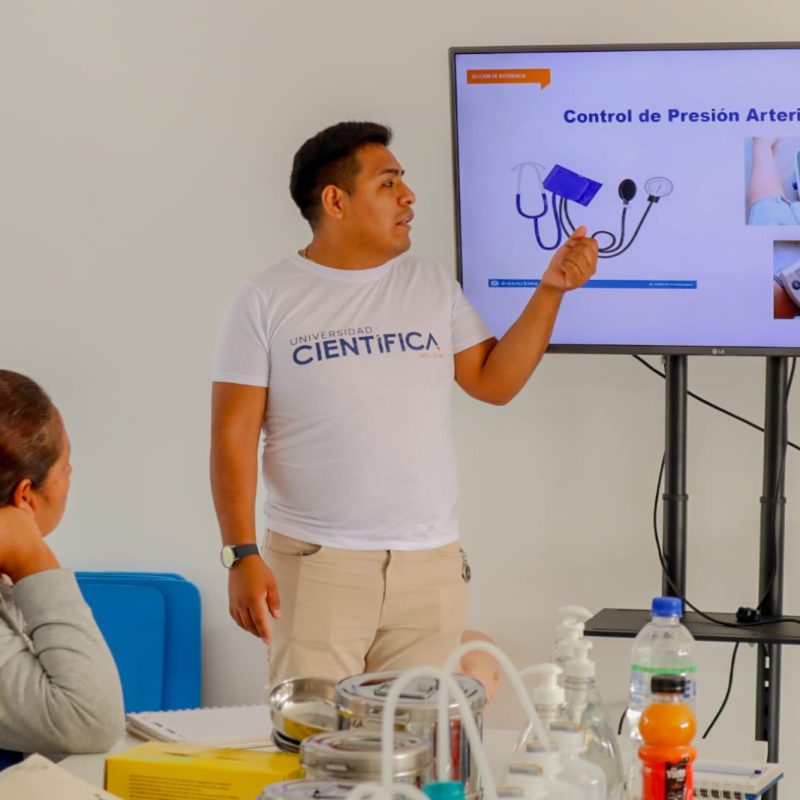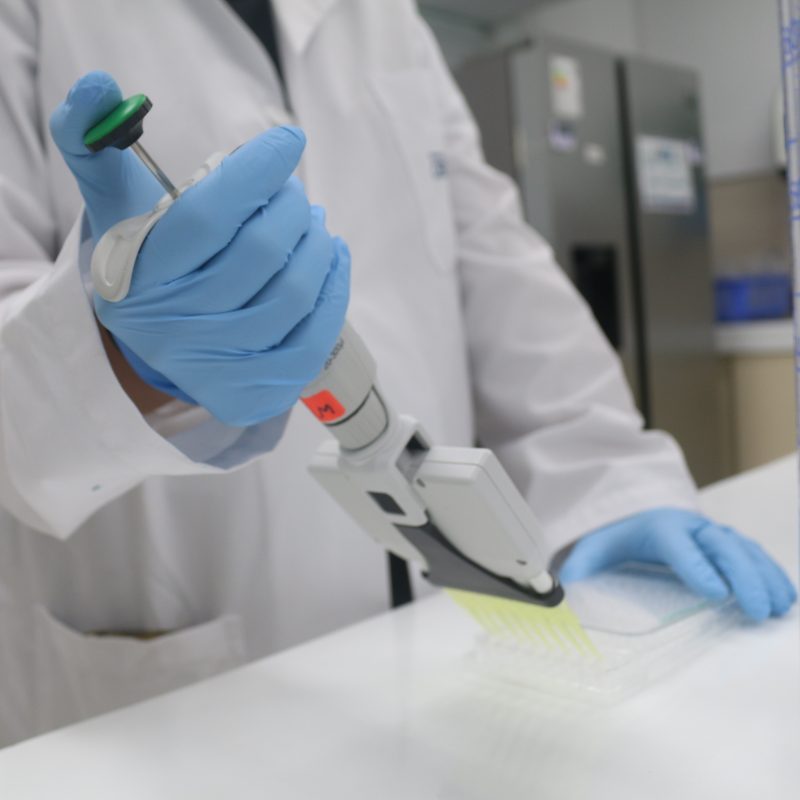Seven inventions of various kinds, including instruments to protect alpacas from frost, are presented at the South Korea International Women's Invention Exhibition (KIWIE) 2024.
Researchers from the Scientific University of the South represent Peru at the Korea International Women’s Invention Exposition KIWIE 2024, which takes place from June 20-22, 2024 in Korea. This is the most important intellectual property event focused on women inventors in the world.
They are Shirley Evangelista, veterinary doctor specialized in reproductive biotechnologies and senior researcher of the Scientific; Alejandra Ugarelli, veterinary doctor specialized in animal reproduction and assistant researcher of the Scientific; and Lucila Anacleto, veterinary doctor and graduate of our house of studies.
Due to the quality of their inventions, they have been chosen by the organizing committee to present their work at the opening of the event, during which the utility model designed by Doris Gonzales, PhD in Nursing Sciences and professor of Nursing at the Científica, will also be presented.
This event is organized annually by the South Korean Women Inventors Association (KWIA), with the aim of increasing women’s interest in invention activities and the development of new technologies. It is supported by the South Korean Intellectual Property Office (KIPO), the World Intellectual Property Organization (WIPO), as well as the International Federation of Inventors’ Associations (IFIA).
This 2024, the Scientific University of the South participates with seven projects, which have also been submitted to the National Institute for the Defense of Competition and Protection of Intellectual Property (Indecopi) to be patented. The inventions are the following:
1. Refrigeration diluent for South American Camelid semen.
2.Manikin with inclination and height regulation for South American camelid semen collection.
3.Artificial vagina for semen collection from South American camelids with pressure and temperature regulation.
4.Puncture support with adjustable angle for injection syringes, designed by Nursing teacher Doris Gonzales.
5.Intelligent modular housing for camelids
6.Container for transport and refrigeration of biological samples.
7.Garment for camelids with heating system (Garment for camelids with heating system)
Of the seven inventions presented at the event, four are focused on improving the reproduction and health of alpacas, two are focused on protecting these animals from the cold and one on nursing education.
The projects designed for alpacas consider their welfare and the conditions that alpaca breeders have to deal with for their reproduction. In our country, families dedicated to farming see thousands of alpacas perish, many of them frozen or weakened by the lack of pasture.
According to the Food and Agriculture Organization of the United Nations (FAO), camelid raising is one of the most important productive and economic activities in the high Andean zone, since 70 to 80% of annual family income depends on it.
One of the inventions selected by the organizing committee to represent Peru at the opening of the exhibition is the “Garment for camelids with heating system”. The inventor and veterinarian Shirley Evangelista, a specialist in South American camelids, is in charge of showing it together with the team of researchers.
Garment for camelids
The invention of this garment comprises a collar and a vest with a breastplate that covers the animal’s back and belly, thus ensuring that the animals maintain an adequate temperature.
The vest is made up of five layers, four of which are made of insulating materials and a third layer formed by an electrical resistance. The breastplate has a pocket that houses a battery that feeds energy to a control unit with integrated memory to a GPS module and two sensors that activate the heating system when they detect the decrease in body temperature of the animal.
“In addition to providing individual protection to each animal, the vest will allow the breeder to have better control of the body temperature of his animals and thus determine when it is good to protect them or leave them to graze freely,” explains Alejandra Ugarelli, an Alpaca specialist and one of the inventors of the garment.
In this way, after five years, Peru takes up again its participation in the event in person with a Peruvian delegation formed by the Universidad Científica del Sur and the Universidad Católica Santo Toribio de Mogrovejo (USAT).

